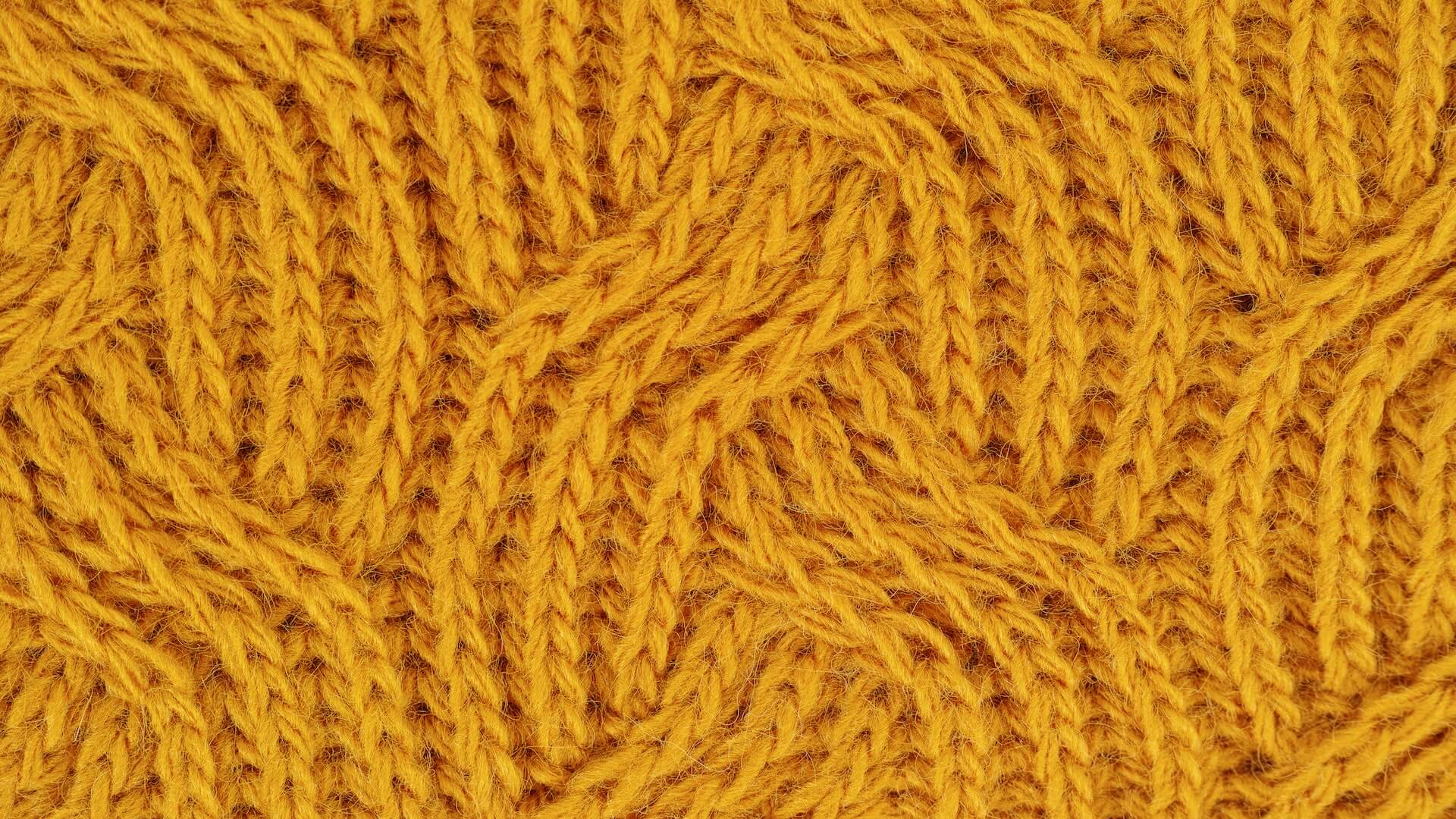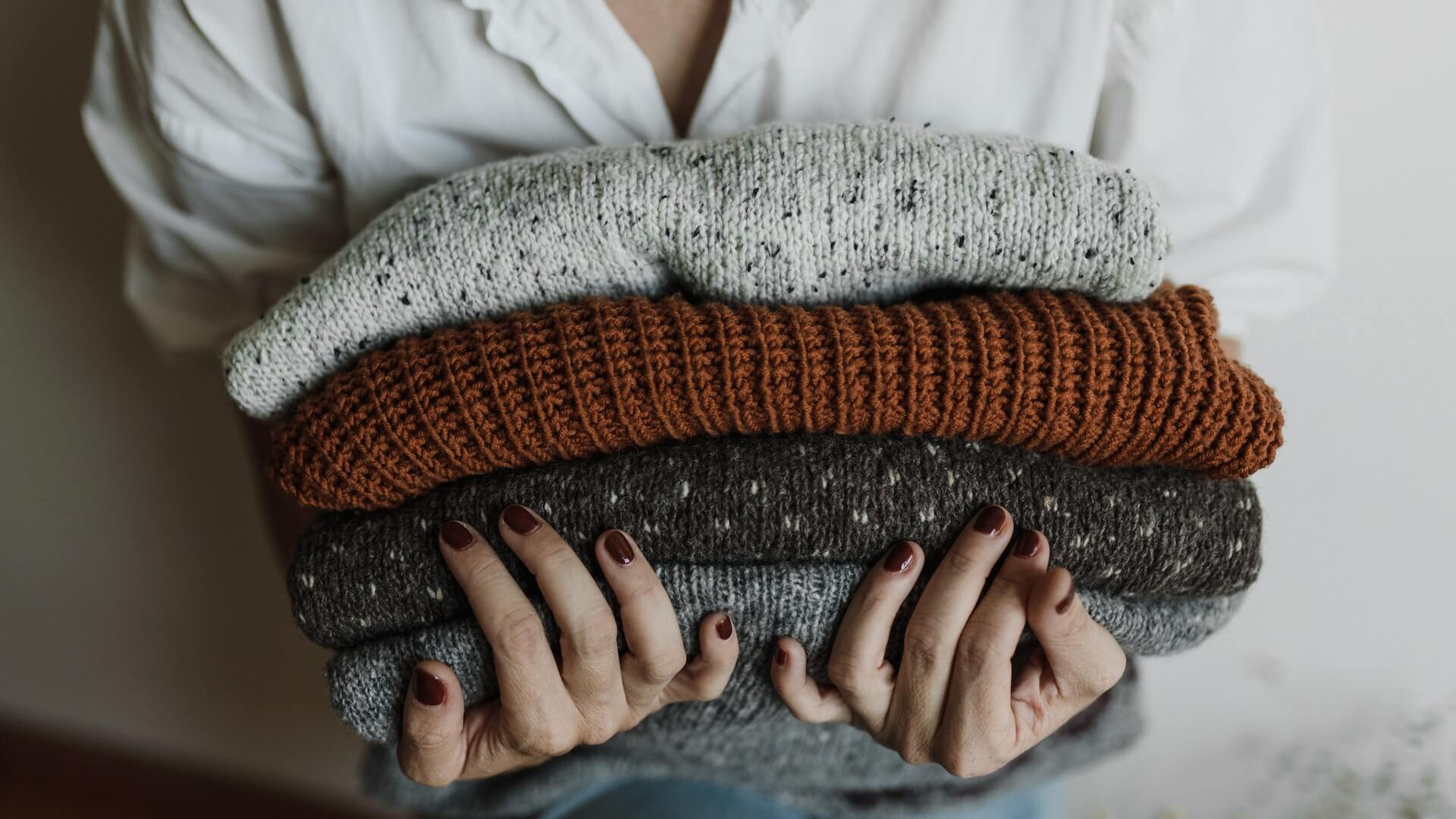In today’s fast-paced world, stress is an inevitable part of our lives. It can be difficult to find the time and space to unwind, relax and de-stress. That’s where the therapeutic art of knitting comes in. Knitting has been found to have numerous therapeutic benefits, including reducing stress and anxiety, improving focus and concentration, and promoting a sense of calm and well-being. Not only that, but the process of creating something with your own two hands can bring about a sense of accomplishment and boost self-esteem. In this post, we’ll explore the many therapeutic benefits of knitting and how you can use this craft to unravel stress and ignite your creativity. Whether you’re a seasoned knitter or a beginner, this post will inspire you to pick up your needles and start knitting your way to a happier, healthier you.
Introduction to the therapeutic benefits of knitting
Knitting is not just a hobby or a craft; it is a therapeutic art that can bring immense benefits to our mental and emotional well-being. In today’s fast-paced and chaotic world, finding ways to alleviate stress and enhance creativity is more important than ever. And knitting offers a unique and fulfilling outlet for both.

As we pick up our knitting needles and begin to work with the yarn, a sense of calmness envelops us. The repetitive motions of knitting, the gentle click-clack of the needles, and the rhythmic flow of creating stitch after stitch create a soothing and meditative experience. It allows us to escape the noise and distractions of our daily lives, inviting us to enter a serene state of mindfulness.
The act of knitting has been proven to reduce stress and anxiety levels. Engaging in this craft stimulates the production of serotonin, a neurotransmitter often referred to as the “happy hormone.” As we focus our attention on the intricate patterns emerging from our hands, our worries melt away, and we find solace in the present moment. The steady rhythm of knitting induces a state of relaxation, lowering our heart rate and promoting a sense of tranquility.
Moreover, knitting has been likened to a form of active meditation. It provides a creative outlet that allows us to express ourselves and channel our emotions. The tactile and sensory experience of working with different textures and colors of yarn stimulates our senses and engages our creativity. Knitting encourages problem-solving and boosts our confidence as we see our projects take shape, stitch by stitch.
The history of knitting as a form of relaxation and self-expression
The art of knitting has a rich history that extends back thousands of years. From its origins in ancient Egypt to its prominence in medieval Europe, knitting has not only served as a practical craft but also as a therapeutic outlet for individuals seeking relaxation and self-expression.
Throughout history, knitting has been associated with various benefits for mental well-being. In times of stress or hardship, the repetitive motion of knitting needles and the rhythmic flow of yarn can provide a calming effect on the mind and body. As the hands engage in the gentle, deliberate movements of knitting, the mind can enter a state of focus and tranquility, allowing worries and anxieties to melt away.
Knitting also offers a unique form of self-expression. With an endless array of patterns, colors, and textures to choose from, knitters have the freedom to create one-of-a-kind pieces that reflect their individuality. Whether it’s a cozy scarf, a intricate sweater, or a delicate lace shawl, each knitting project becomes a personal work of art, infused with the knitter’s creativity and style.
Additionally, the act of knitting can be a mindful practice. As knitters immerse themselves in the present moment, fully engrossed in the tactile sensations and intricate details of their work, they experience a sense of mindfulness that can foster a greater connection to themselves and their surroundings. This mindful engagement with knitting can promote a sense of calm, enhance focus, and cultivate a deeper appreciation for the simple pleasures of life.
The science behind the calming effects of knitting on the brain
When we engage in the rhythmic and repetitive motions of knitting, our brain releases a cascade of feel-good chemicals that promote relaxation and reduce stress.

Research has shown that knitting activates the production of serotonin, a neurotransmitter known as the “feel-good” chemical. Serotonin helps regulate mood, sleep, and appetite, and its release during knitting promotes a sense of calm and contentment.
Additionally, knitting engages both hemispheres of the brain, stimulating cognitive function and promoting mental clarity. The complex patterns and intricate stitches require concentration and focus, distracting the mind from worries and negative thoughts. This cognitive engagement also enhances memory and problem-solving skills.
Furthermore, the rhythmic movements of knitting induce a meditative state similar to that achieved during mindfulness or yoga practices. The repetitive motions of looping yarn and forming stitches create a soothing rhythm that slows down the heart rate and induces a state of relaxation. This meditative aspect of knitting has been found to reduce anxiety, lower blood pressure, and even alleviate symptoms of depression.
Knitting also provides a sense of accomplishment and boosts creativity. As we see our project take shape and transform from a simple ball of yarn into a beautiful creation, our brain releases dopamine, the neurotransmitter associated with pleasure and reward. This surge of dopamine not only reinforces the positive experience of knitting but also fuels our motivation to continue and explore new patterns and designs.
Knitting as a mindfulness practice: focusing on the present moment
Mindfulness is the practice of bringing one’s attention to the present moment, without judgment or attachment. In our fast-paced lives, it’s easy to get caught up in worries about the future or regrets about the past. However, when we engage in knitting, we are forced to focus on the task at hand – the rhythmic movements of the needles, the texture of the yarn, and the steady progress of our stitches.
As we immerse ourselves in the process of knitting, our minds naturally begin to quiet down. We become more attuned to the present moment, letting go of racing thoughts and worries. The repetitive nature of knitting can induce a state of flow, where time seems to drift away and our attention is fully absorbed in the act of creating.
This mindful state allows us to experience a sense of calm and relaxation. The soothing rhythm of the needles moving in and out, the tactile sensation of the yarn slipping through our fingers – all of these sensory experiences help to anchor us in the present moment and provide a respite from the stresses of daily life.
Moreover, knitting as a mindfulness practice can have a profound impact on our overall well-being. Research has shown that engaging in mindfulness activities, such as knitting, can reduce anxiety, lower blood pressure, and improve mood. It can also enhance our ability to cope with stress and increase our overall sense of well-being.
How knitting can promote creativity and problem-solving skills
The act of knitting also encourages problem-solving skills. When you encounter a mistake or a pattern that requires your attention, you are forced to think critically and find solutions. This can be a valuable exercise in problem-solving, as you analyze the pattern, identify the issue, and devise strategies to correct it. Knitting teaches patience and perseverance, as you work through challenges and overcome obstacles, ultimately leading to a sense of accomplishment and satisfaction.
Furthermore, knitting offers an avenue for creative expression. With an endless array of patterns, colors, and textures to choose from, you have the opportunity to unleash your imagination and create unique and personalized pieces. Whether it’s experimenting with different stitches, combining colors in unexpected ways, or adding embellishments, knitting allows you to explore your artistic side and think outside the box.
Moreover, knitting can inspire creativity beyond the act of knitting itself. As you immerse yourself in the world of yarn, you may find inspiration in the textures, colors, and patterns that surround you. This newfound creativity can extend to other areas of your life, such as fashion, home decor, or even problem-solving in different contexts. The skills and mindset cultivated through knitting can be applied to various aspects, leading to innovative and imaginative thinking.
Tips and techniques for beginners to get started with knitting
If you’re new to the world of knitting, fear not! With a few simple tips and techniques, you’ll be on your way to unraveling stress and unlocking your creativity through this therapeutic art form.

First and foremost, start with the basics. Invest in a pair of knitting needles and some soft, beginner-friendly yarn. Choose a yarn that feels good in your hands and is easy to work with. Worsted weight yarn is a great option for beginners as it is versatile and easy to handle.
Next, familiarize yourself with the basic knitting stitches. The two most common stitches are the knit stitch and the purl stitch. Start by learning the knit stitch, which involves inserting the needle into the first stitch on your left needle, wrapping the yarn around the right needle, and pulling it through to create a new stitch. The purl stitch is similar but with a slight variation in the way you wrap the yarn.
Practice these stitches by creating simple swatches. Cast on a small number of stitches and work back and forth, alternating between knit and purl stitches. This will help you develop muscle memory and get comfortable with the motions involved in knitting.
As you gain confidence, you can start exploring different knitting techniques and patterns. There are countless resources available online, including tutorials, videos, and knitting communities where you can seek guidance and inspiration. Consider joining a local knitting group or attending workshops to learn from experienced knitters and exchange tips and tricks.
Remember to be patient with yourself. Knitting is a skill that takes time and practice to master. Start with small projects like scarves or dishcloths before tackling larger, more complex items like sweaters or blankets.
Lastly, embrace the therapeutic nature of knitting. As you immerse yourself in this creative process, you’ll find that it can be a calming and meditative experience. The repetitive motions of knitting can help alleviate stress and anxiety, allowing you to enter a state of relaxation and mindfulness.
Conclusion
Knitting has proven to be a powerful tool for unraveling stress and fostering creativity. Through its repetitive motions and mindful focus, knitting offers a calming and meditative experience that can alleviate anxiety and promote relaxation. Moreover, the creative aspect of knitting allows individuals to express their unique style and create beautiful, tangible works of art. So, whether you are a seasoned knitter or a curious beginner, we encourage you to pick up those needles, embrace the therapeutic benefits, and let your creativity soar. Happy knitting!



